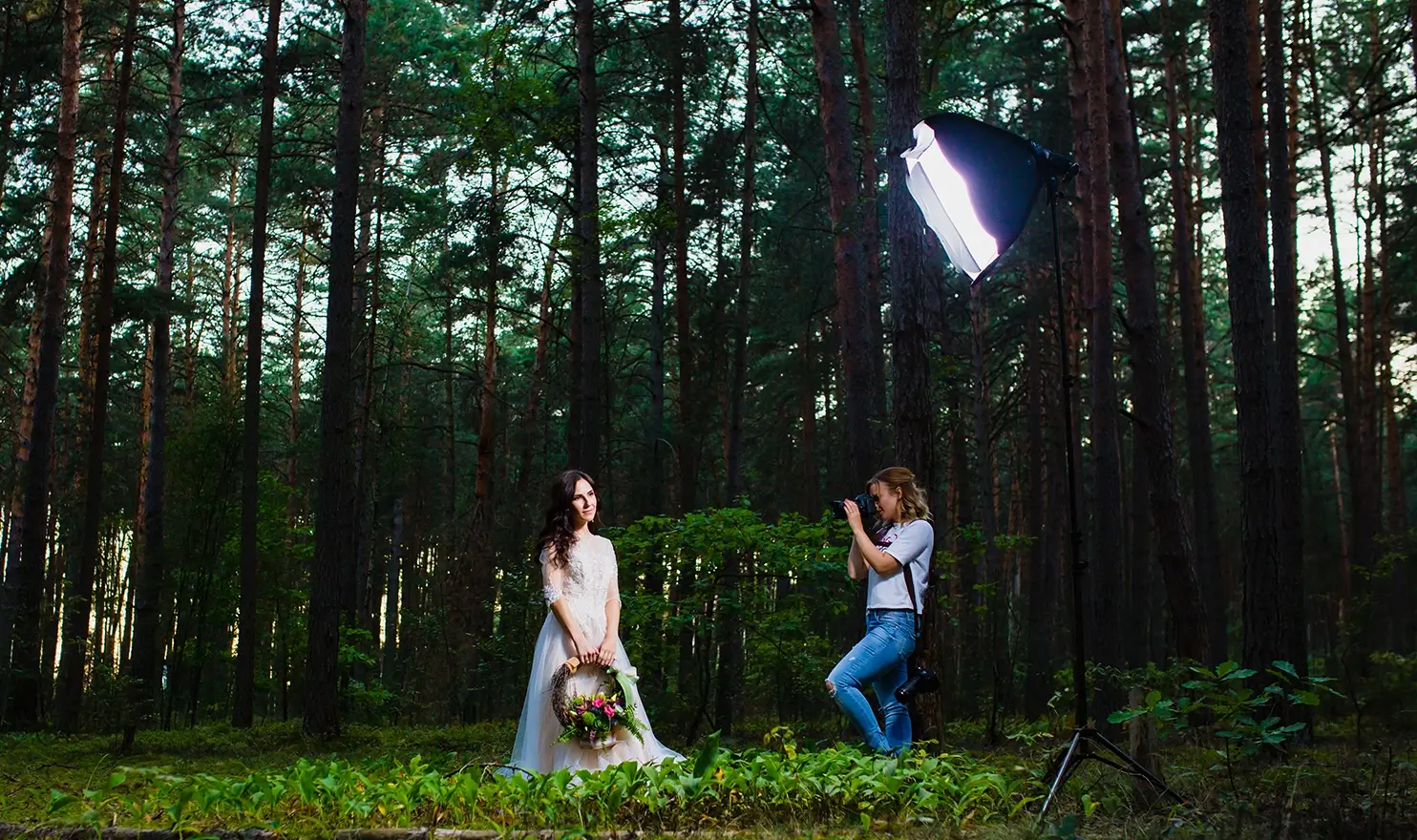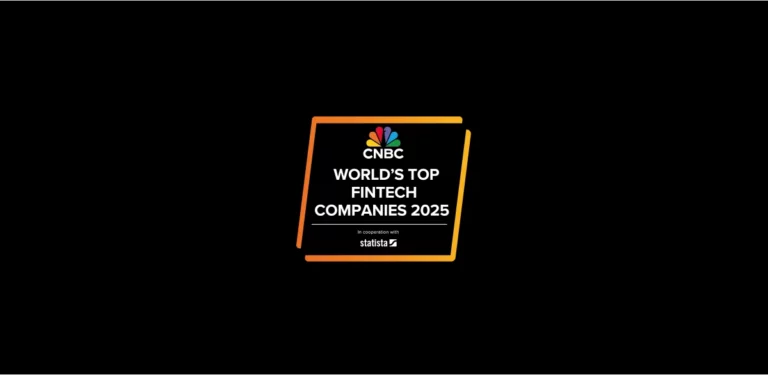A forest photoshoot, fresh spring air, and your one octa softbox.
Then, a gust of wind, a falling branch, and a crash.
It was supposed to be a simple senior portrait photoshoot. And now it’s a photographer’s nightmare as you take in your client’s bleeding arm and your torn, muddy softbox.
If you forgot about photography liability insurance and waivers, you may be responsible for both your client’s medical care and the cost of replacing your light.

Common Photoshoot Liability Risks Videographers and Photographers Face
Learn about what hazards could crop up while filming or shooting and how to mitigate these risks to yourself, your clients, and your business.
Common Photoshoot Liability Risks From Third Parties
When you booked that family photoshoot or got hired to provide photography services at an event, the last thing you were probably thinking about was what could go wrong. But the truth is that whether you work one gig a year or a hundred, there are common risk scenarios that could negatively impact your business, career, and finances.
Someone Getting Injured at Your Photoshoot
Scenario: A model adjusts their pose, falls, and sprains a wrist.
Mitigation tips:
- Utilize model liability waivers
- Check on and inform models of potential tricky footing, surroundings
- Confirm all parties are aware of any hazards
- Ensure all equipment, cords, etc. are stored appropriately in or out of the studio
Applicable insurance coverage:
General liability insurance covers claims regarding bodily injury to third parties, meaning your models, subjects, or those who are not you or employed by you

Misuse of Client Images
Scenario: You’re hired to photograph a wedding. You end up posting some of the photos you took to your Instagram account without first getting permission to share them publicly, and the couple claims emotional distress and misuse of their images.
Mitigation tips:
- Use contracts
- Include a release section that specifies how you may or may not use client photos for advertisement
- Set expectations with clients
Applicable insurance coverage:
The personal and advertising injury portion of your general liability insurance is designed to help in cases like this
Violation of Privacy
Scenario: In the same example from above, the couple can also claim violation of their privacy.
Mitigation tips:
- Use contracts
- Include a release section that specifies how you may or may not use client photos for advertisement
- Set expectations with clients
Applicable insurance coverage:
The personal and advertising injury portion of your general liability insurance is designed to help in cases like this
Photoshoot Liability Risks to Your Business
Your clients and other third parties aren’t the only ones who can be impacted if something goes wrong in your work. Your business and ability to do business can also take a hit, but there are ways to guard against risks and cover potential losses.
Equipment Damage
Scenario: You’re on a shoot and your camera strap breaks. Your favorite camera falls onto the cement, rendering it out of commission — with a broken lens to boot.
Mitigation tips:
- Maintain your equipment regularly, including checking your cases, straps, and other protective gear
Applicable insurance coverage:
Optional Gear and Equipment coverage can help cover theft and damage to your equipment
If you’re a videographer, check out our film equipment insurance made for filmmakers like you.
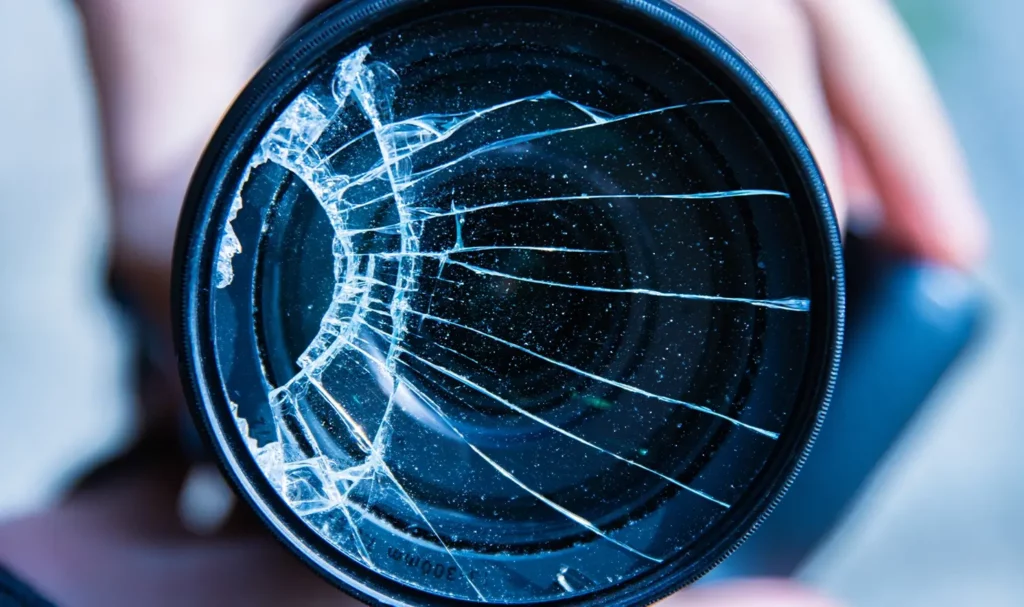
Misappropriation of Your Work
Scenario: Someone downloads one of your photos from your website or social media and starts using it to advertise their own small business.
Mitigation tips:
- Watermark your photos
Share only low-resolution images - Copyright your images
- Add a copyright notice
- Disable things like hotlinking, right-click, and screenshots
Breach of Contract
Scenario: A couple claims you were late to the event and missed key moments before the ceremony. They argue you did not fulfill your side of the agreement and sue for breach of contract.
Mitigation tips:
- Arrive early
- Ensure timetables are specifically laid out in contracts
- Be prepared with backup equipment
Applicable insurance coverage:
Professional liability insurance (“failure to deliver”) can help with the cost of these claims.
Failure to Deliver
Scenario: A couple claims that you delivered their wedding photos several months late, with both blurry and missing images.
Mitigation tips:
- Ensure timetables are specifically laid out in contracts
- Double check your equipment is working properly on the day
Applicable insurance coverage:
Professional liability or products-completed operations coverage can help you with claims like these
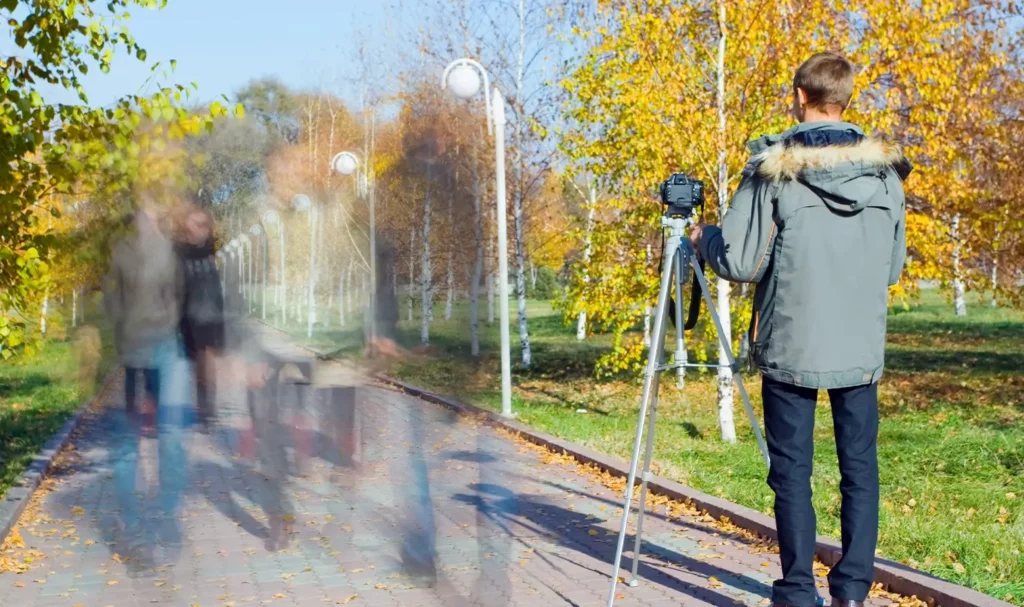
Photoshoot Liability Risks From Venues or Sites
Besides your clients, there are other third parties who could sustain property damage as a result of your work or be named alongside you if a mishap occurs because of your work at their venue.
Unauthorized Filming or Photography
Scenario: You conduct a photoshoot at a park and capture people in the background without their consent. Those people could claim invasion of privacy, or the park could require a permit and claim you were unauthorized to take photos there.
Mitigation tips:
- Gain bystanders’ consent if they’re going to be identifiable in your photo
- Research locations before filming or shooting in that area
- Obtain all necessary permits, pay all applicable fees
- Check out requirements for filming or photographing in U.S. state and national parks.
Applicable insurance coverage:
Professional liability coverage may be able to help with claims similar to these
Venue or Property Damage
Scenario: You’re taking family portraits in the matriarch’s home when you bump into a table and knock over an antique vase, breaking it.
Mitigation tips:
- Be aware of your surroundings
- Carefully move any potential trip hazards or precious items that might be in the way beforehand
Applicable insurance coverage:
General liability can help cover the cost of property damages done to a venue you’re working in
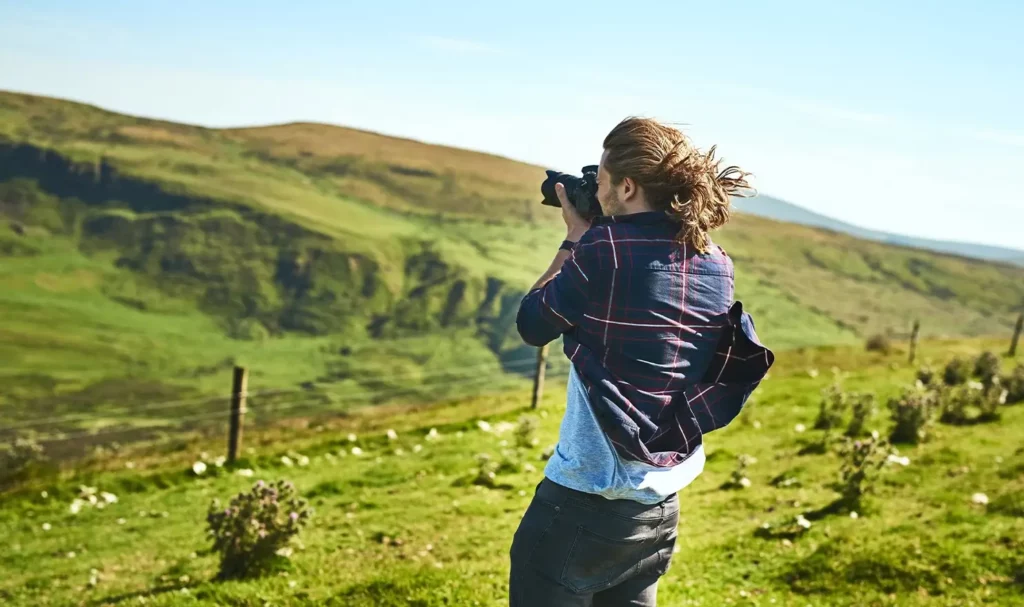
Environmental Damage
Scenario: You’re filming in a protected wildlife habitat and disturb an endangered bird nest. The local environmental protection agency files a claim against you for wildlife harm and environmental degradation.
Mitigation tips:
- Research locations beforehand to ensure you follow all the proper protocols
- If filming in a protected or sensitive natural area, look into getting a guide or information from an expert to navigate the area appropriately
- Be as respectful of the environment as possible
Applicable insurance coverage:
- General liability could cover harm that is considered property damage
- Professional liability coverage can apply to incidents considered negligent
Do you operate your business online or promote your brand on social media? Get financial protection from cyberattacks with Data Theft Protection (Cyber Liability) insurance.
4 Basics of Risk Assessments for Photoshoots
- Identify safety hazards – Research unfamiliar locations, and examine the areas you’ll be working in for anything that could become a safety concern or cause harm to you, your equipment, or those you’re working with.
- Evaluate hazards – Assess how likely these hazards are to become an issue, and what the potential consequences of them popping up would be.
- Control and monitor – Take any precautions needed to help diminish the likelihood of safety issues occurring, both before and during your shoots.
- Documentation – Keep records of locations, hazards, incidents, control measures, waivers, and contracts for future reference.
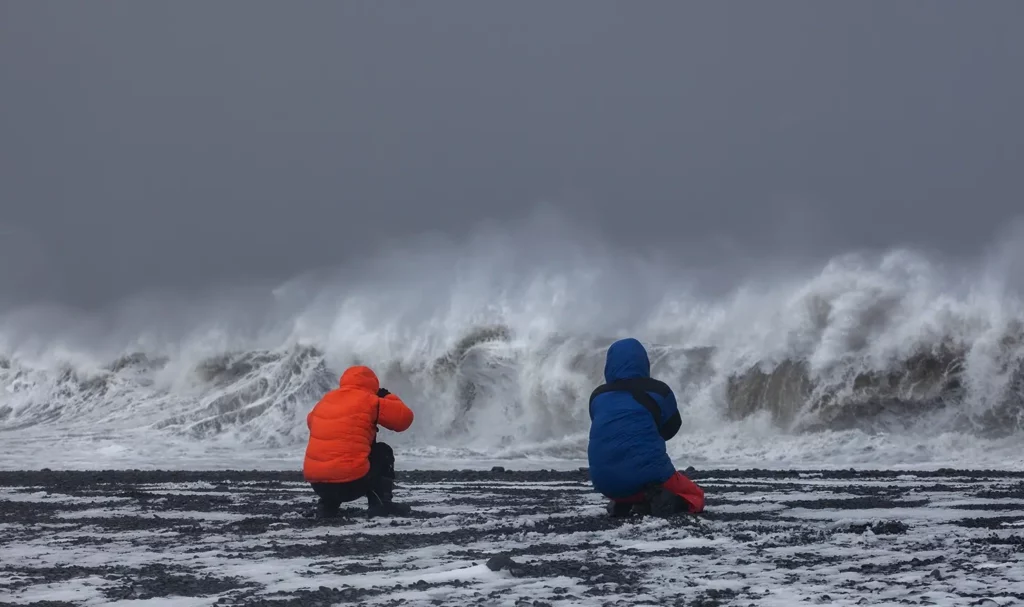
Role of Liability Insurance vs Client Releases and Waivers
Client or model liability waivers are designed to act in tandem with your insurance, not as a replacement.
Liability insurance can cover third-party bodily injuries, property damage, and some non-physical claims like libel or slander. And should a client’s claim land you in court, liability insurance is designed to help defend you and protect you from costly payouts.
A waiver’s purpose is to make the signee aware of and acknowledge certain risks, and agree to not hold you liable if something goes wrong. Their acknowledgment signals that they are choosing to participate knowing there’s a chance they could get hurt, and they agree not to sue if they do.
Note: While liability waivers can help mitigate potential legal risks, they do not guarantee legal protection. The enforceability of waivers depends primarily on local laws and the language used in the form itself.
Why Full Frame for Your Photographer Liability Insurance?
Full Frame Insurance is designed to help protect photographers and videographers like you in the event you end up facing claims like these. Get coverage online in a snap with instant proof of insurance, for as little as $12/month.
Did you know FFI’s parent company, Veracity Insurance Solutions, made CNBC’s World’s Top Fintech Companies List? Find out what this award means for FFI customers.
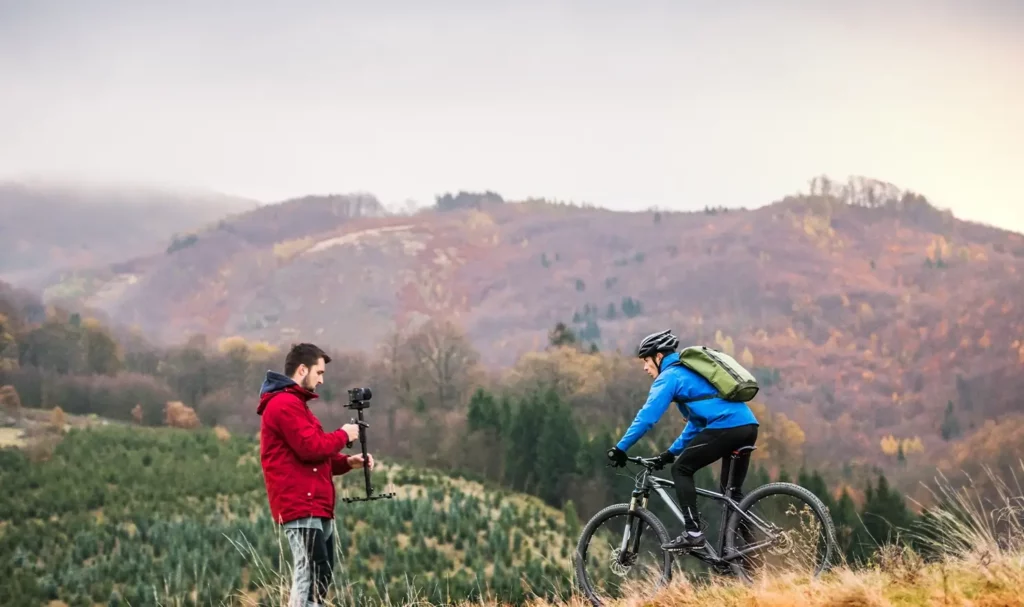
Frequently Asked Questions About Photoshoot Liability
Do Photographers Need Professional Liability for Photoshoots?
Yes! Professional liability coverage is a must for photographers during photoshoots in case of technological failures, other errors, or negligence cases. It also helps you maintain your professionalism as a photographer even in an unfortunate situation.
What Is a Photographer Liability Release Form?
A Photographer Liability Release Form is a legal document designed to help protect you from liability claims stemming from injuries or damages that can occur during a photoshoot.
Why Do Models Need to Sign Photoshoot Release Forms?
Models sign photoshoot release forms to protect both you and them. Release forms outline the rights and responsibilities of models and photographers, which helps mitigate disputes later on. They can also establish who holds the image copyrights and what purposes the photographer may use the images for.
Do I Need Photography Insurance If I Use Liability Waivers?
Yes. Waivers are designed to be an additional layer of protection for your business and do not guarantee any legal protection or provide any assistance if and when a liability claim is made.

